Children’s writer Ben Brooks is on a mission to redefine masculinity for young boys. “I want to help boys become better, happier men and open up a debate about what we think of as masculinity. I want to question the idea that it’s weak to be emotionally open, to demonstrate that it’s fine for men to be vulnerable and kind, and to recognise the courage it takes to be different.”
Young adult fiction author Brendan Kiely is on a similar quest. “A definition of masculinity that emerges from a culture which silences, shames and gaslights women is dangerous – it harms women and robs boys of the potential to be better human beings. Seeing Trump in all his ugliness has acted like a wake-up call to male authors. We need to teach boys that they do not need to perform outdated gender norms to look like men.”
A wave of newly released children’s fiction, typically written by men, is re-examining what it means to be a masculine modern hero in the era of Trump – and sales figures suggest the current generation of boys is lapping it up. Stories for Boys Who Dare To Be Different, Brooks’s illustrated compendium about inspirational boys throughout history who have triumphed in the face of adversity and prejudice, topped children’s bestseller lists when it was published in April. Packed with a “broad array” of positive male role models including Alan Turing, Nelson Mandela and Mahatma Gandhi, the book was written, Brooks says, to offer boys at primary school “an antidote to toxic masculinity”.
Author and illustrator Ed Vere touches on similar themes in his picture book for three-to-seven year-olds, How to be a Lion, released last month. It stars Leonard, a male lion who makes friends (and poetry) with a duck, then bravely refuses to eat her when the other, more fierce male lions pressure him to. “A strong line running through the book, and demonstrated by Leonard, is to have the courage to think for yourself. Too often strength and sensitivity are presented as mutually exclusive,” said Vere. “We need to teach compassion, respect and empathy at an early, foundational age. If we can teach this to boys at around five, and demonstrate that being gentle, sensitive or emotionally engaged isn’t a weakness, but part of being a fully rounded grown up man, then we’re getting the message through to them before toxic attitudes have a chance to solidify.”
He hopes his book will inspire young readers to ask questions that give grownups pause for thought. “A book lives in the mind – which is the battleground where we can change a behaviour.”
Brooks feels the same: “Books capture our imagination, and the ideas we take onboard as a child can have a lasting impact on how we feel in our own skin – and how we treat other people throughout our lives.”
Kiely views his teen readers as “impressionable”: “Unlike other media teens consume, a novel requires you to invest yourself in the story, so there is greater opportunity for emotional development and communication.”
His new young adult novel, Tradition, follows a teenage boy and girl, Jamie and Jules, who are navigating the effects of unchecked misogyny at their boarding school, resulting in the rape and abuse of female pupils. It was inspired by the treatment of a college student who was raped in the US.
“All the issues I touch on are lived experiences,” said Kiely. “It’s a resource for teens to better understand the culture that enables abuse and the destructive effects it has on the lives of the characters in the novel. It shows the strength it takes for young women to stand up to their abusers and for young men to support and stand beside those women.”
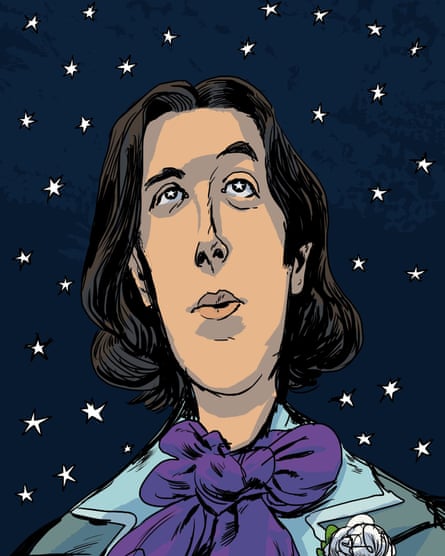
Like Kiely, Vere was inspired to write his book while on a US book tour last summer. “Trump’s bullying, belligerent, toxic voice was getting all the attention in the media. I felt I needed to do everything I could to counter his narrative and his voice.”
The issue of toxic masculinity is one that has to be solved by men, rather than women, he thinks. “If men are the perpetrators, then we are the ones who must address our behaviour. We must consider what it is we’re teaching – or not teaching – boys that makes some of them grow up into the men who are exhibiting this toxic behaviour. Masculinity isn’t in itself toxic but more narrow representations of it can be.”
Robert Muchamore, author of the bestselling Cherub series of young adult fiction, didn’t set out to write a moralistic tale about the apocalyptic ramifications of toxic masculinity – but his forthcoming teen novel, Killer T, would fit seamlessly into this genre.
It follows a 13-year-old boy who succumbs to peer pressure and decides to inject himself with genetically modifying drugs that will turn him into a macho, alpha male. He soon realises this doesn’t make him happy and, after a killer virus is unleashed by terrorists, he takes on a far more fulfilling, nurturing role in the novel. “It was based on my personal experiences,” said Muchamore. “I became very depressed at a time when my books became successful. Without an emotional core, it all felt quite meaningless.”
The British author Matt Haig, whose most recent book is Notes on a Nervous Planet, said he has noticed a shift in how masculinity is defined in fiction. “I’m trying to write about men struggling with emotions, and I see that in other people’s work too. That’s what men are: we are emotional creatures, battling with emotional issues. So often in the past, emotions have been mistranslated by men or turned into anger, violence or addiction. I think that’s changing. All it takes is for one person to start the conversation, then other men join in.”
FROM PAN TO POTTER: HEROES OF THE PAST
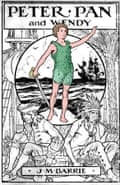
Peter Pan (1902)
A brave, fearless, troublesome boy who battles pirates and never wants to grow up.
Just William (1922)
A reckless rascal capable of great cunning and loyalty who simply hates playing with girls and cannot stay clean.
Julian from The Famous Five (1942)
An adventurous yet responsible young man who instinctively takes care of younger boys, girls, dogs, gypsies and ruffians.
Max from Where the Wild Things Are (1963)
A wild, boisterous boy, right, who can sail the world and command monsters but ultimately wants to be where someone loves him best of all.
Harry Potter (1997)
A courageous, angry but sensitive teenager who is taught that not allowing yourself to love is no way to live, even if you can do magic.
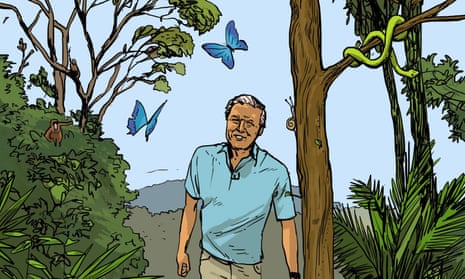
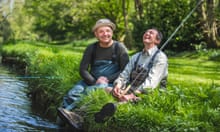


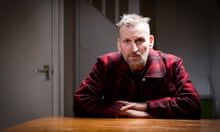
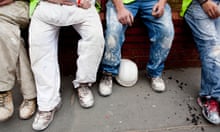


Comments (…)
Sign in or create your Guardian account to join the discussion